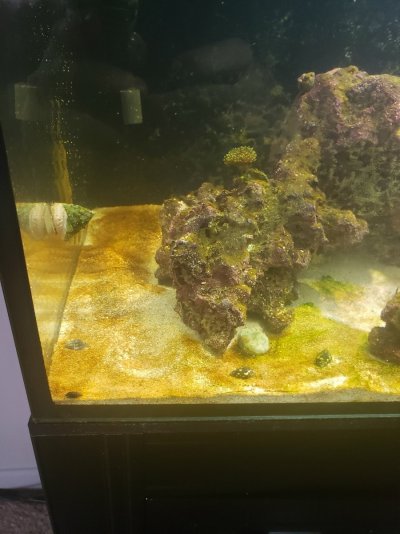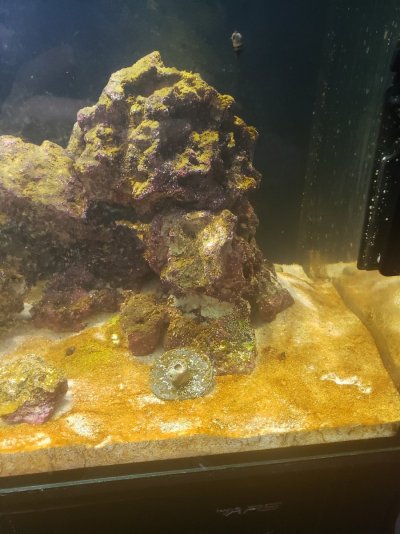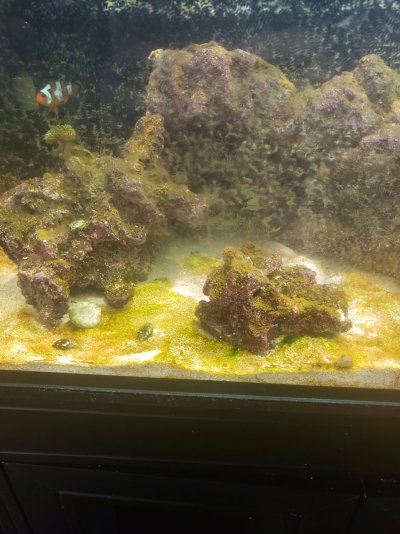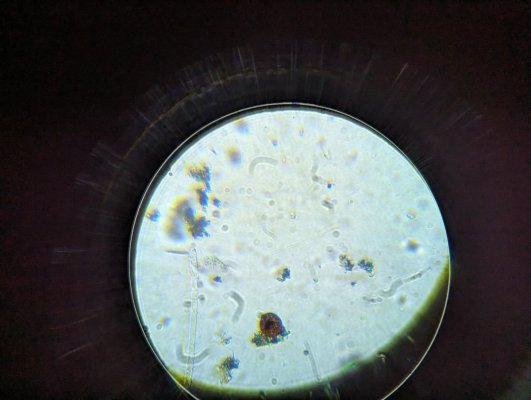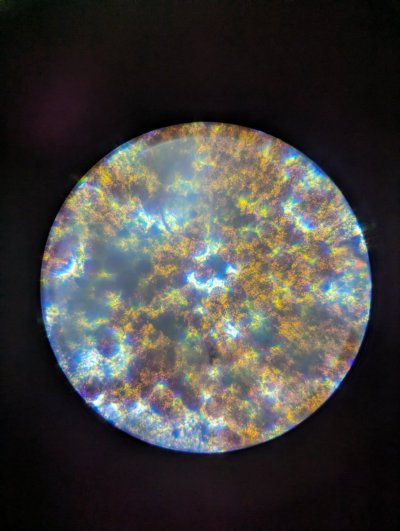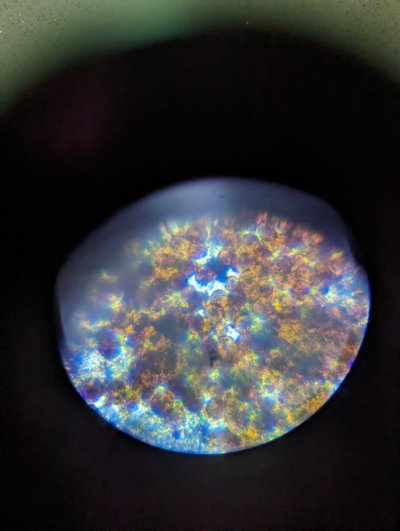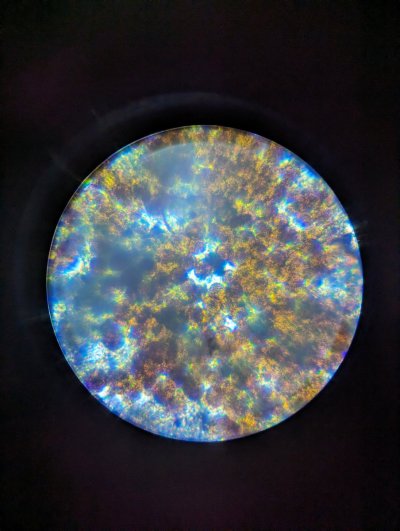I would suggest a properly sized UV. You could even go the next step and do a blackout for 24-36 hours to get the dinos into the water better. Proro often won't swim without a blackout. If you hadn't already come across this, it is worth a read IMO. (But I wrote it so...)I'm currently battling prorocentrum in my sandbed, dosing silicates, bacteria, and phyto, and finally getting some diatoms!
Now the concern is I have an outbreak on my rockwork with coolia...
Moving forward what should I treat first? I do have a UV but I'm concerned that using it may disrupt my diatom population but I also want to tackle the coolia.. any advice how to proceed is much appreciated!
A Dinoflagellate Treatment Guide
As the title suggests, this is intended as a short guide on what to do when you suspect dinoflagellates are trying to overtake your system. It is an attempt to boil down the protocols discussed across 11,000 posts in this "Are you Tired" thread...
 www.reef2reef.com
www.reef2reef.com





